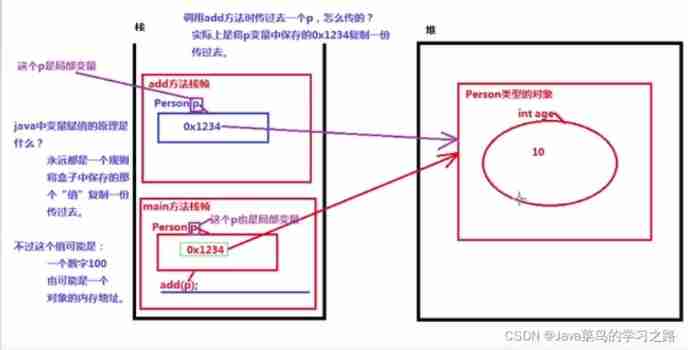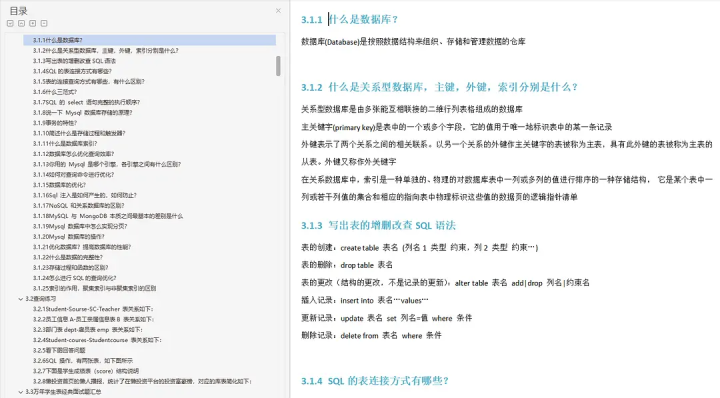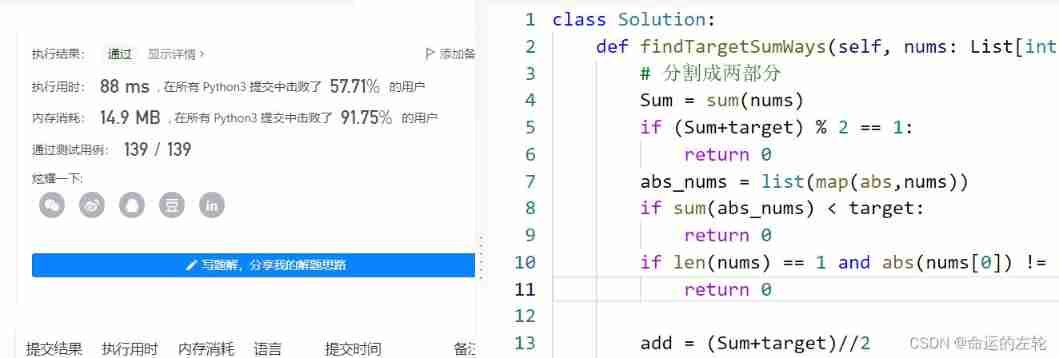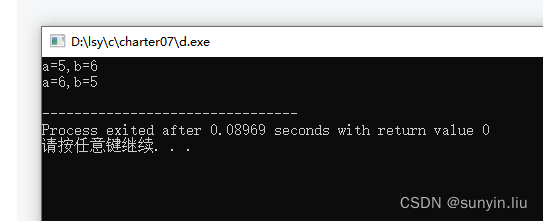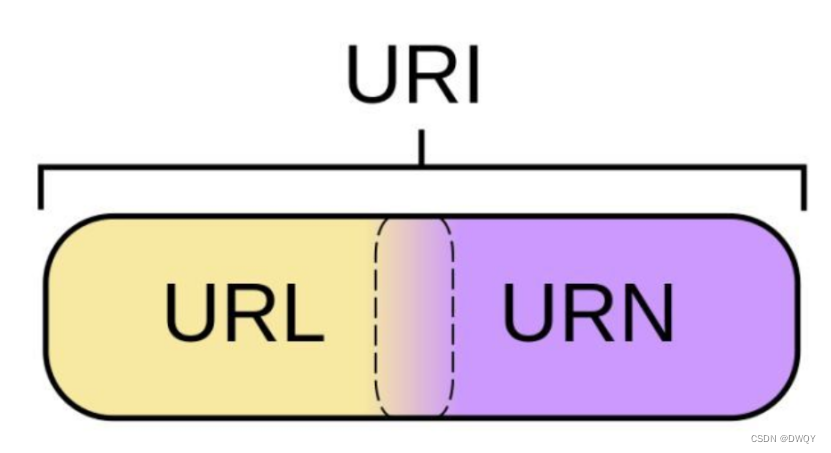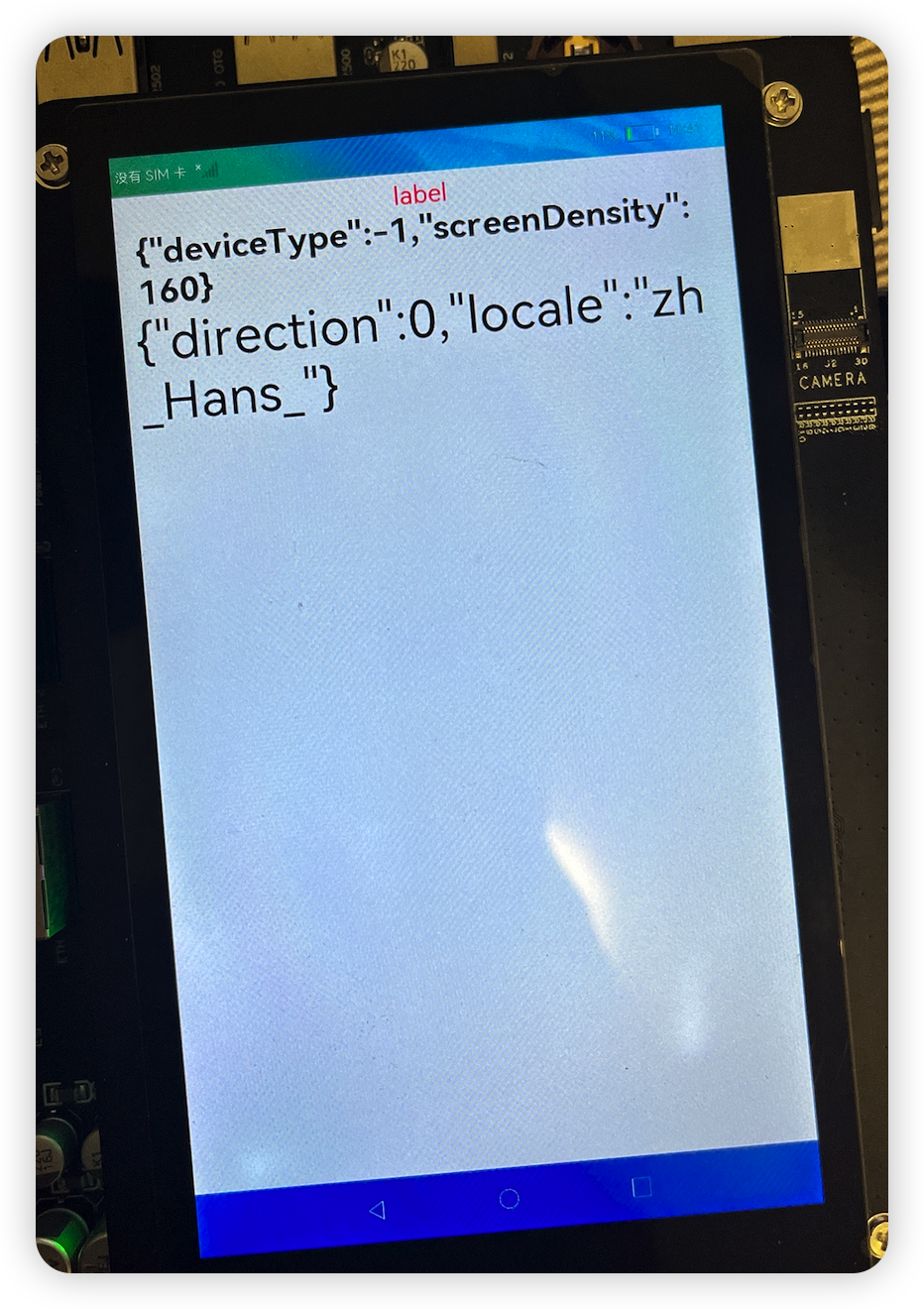当前位置:网站首页>[wave modeling 3] three dimensional random real wave modeling and wave generator modeling matlab simulation
[wave modeling 3] three dimensional random real wave modeling and wave generator modeling matlab simulation
2022-07-05 00:53:00 【FPGA and MATLAB】
1. Software version
matlab2017b
2. Description of algorithm
According to the last wave simulation mode 【 Wave modeling 1】【 Wave modeling 2】, This time, the waves are made into random waves from the previous regular waves , The simulation is really a wave situation .
Then the two generators are simulated in irregular waves .
Generator mode 1 It was just done before , Technicians should keep a backup .
Generator mode 2 Here's the picture :
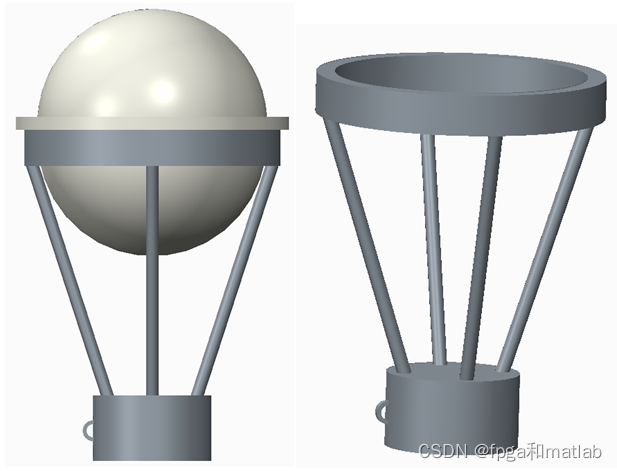
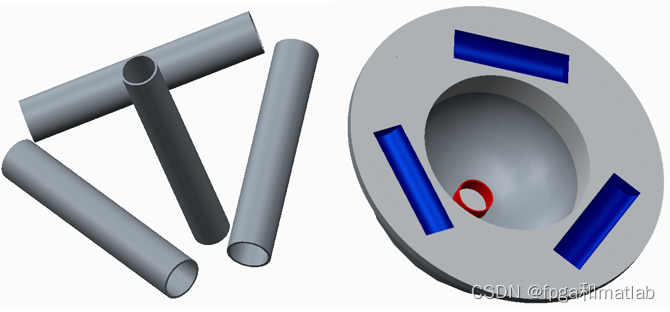
Pictured ), The four circular tubes are respectively equipped with energy converters . The figure is the overall appearance of the equipment , With the movement of sea waves , Drive the energy converter to generate electric energy . The whole equipment floats in the sea .
3. Core source code
global Winds; % The wind speed
global g; % Acceleration of gravity
global kk; % The size ratio between the sand table of the simulation model and the actual area
global Xmax;
global Ymax;
global Dxy;
global flag;
global VX;
global VY;
global VZ;
global seepart;
global seeall;
global sel;
RandStream.setDefaultStream(RandStream('mt19937ar','seed',3));
flag = 0;
g = 9.8; % Acceleration of gravity
kk = 1/40; % The size ratio between the sand table of the simulation model and the actual area
% Interval of simulation
Dxy = 4;
% The sea area covered by the simulation
Xmax = 1000;
Ymax = 1000;
Start = 200;
x = [Start:Dxy:Xmax];
Ymax2 = round(Ymax/2);
y = [Start:Dxy:Ymax2];
[xo,yo]= meshgrid(x,y);
z2 = zeros(size(x));
% The wave height of the wave itself
r = (3.5325*Winds^2.5)/1000;
% The wave length of the wave itself
k = 2*g/(3*Winds^2);
L = 2*pi/k;
% cycle T
T = sqrt(2*pi*L/g);
% Wave frequency
w = sqrt(2/3)*g/T;
T = 0;
% Power generation
Power = 0;
amps = 0;
while(flag == 0)
T = T + 1;
PP = floor(6*(Winds - 5.8));%1~90
[d,g,H,alpha,beta,waves,wave_no_lookup,angle_lookup,scales] = func_Random_Ocean_Initial(PP);
t = 0.1*T;
surfo = zeros(scales,scales);
for X=1:scales
x = X-1;
xplot(X) = x;
for Y=1:scales
y = Y-1;
yplot(Y) = y;
for i=1:PP
surfo(X,Y) = surfo(X,Y) + waves(i).amp*cos( waves(i).xcoeff*x + waves(i).ycoeff*y + waves(i).w*t + waves(i).phase);
end
end
end
% Show local effects
axes(handles.axes1);
surf(xplot,yplot,surfo);
hold on;
amps = surfo(50,50);
if sel == 1
func_power_gen_machine_randomOcean(amps,1.6,seepart,seeall);
else
func_power_gen_machine2_randomOcean(amps,1.6,seepart,seeall);
end
axis([0,scales,0,scales,-H,H]);
shading interp;
colormap([143/255,157/255,203/255]);
lightangle(-30,90);
xlabel('x');
ylabel('y');
zlabel('z');
grid on;
view([VX,VY,VZ]);
pause(0.000001);
% The wave length of the wave itself
k = 2*g/(3*Winds^2);
Ls = 2*pi/k;
set(handles.edit1,'String',num2str(Ls));
% Calculate the parameter index of the wave
% The wave height of the wave itself
rs = (3.5325*Winds^2.5)/1000;
set(handles.edit3,'String',num2str(rs));
% cycle T
T = sqrt(2*pi*L/g);
% Speed
c = g*T/(2*pi);
set(handles.edit4,'String',num2str(c));
% Wave frequency
w = sqrt(2/3)*g/T;
set(handles.edit5,'String',num2str(w/2/pi));
% Power generation
% Be careful , Due to the specific calculation formula of wave power generation , You didn't provide , So the power generation here is only expressed by the size of simple waves ,
% In the actual , Power generation is related to the size of waves . So after getting the formula , modify 210 Lines of code .
Power = abs(2*max(surfo(1,:)));
set(handles.edit12,'String',num2str(Power));
hold off;
end4. test result
Through the modeling of this new model , And combine the effect of the previous time , The interface of the software obtained this time is as follows :
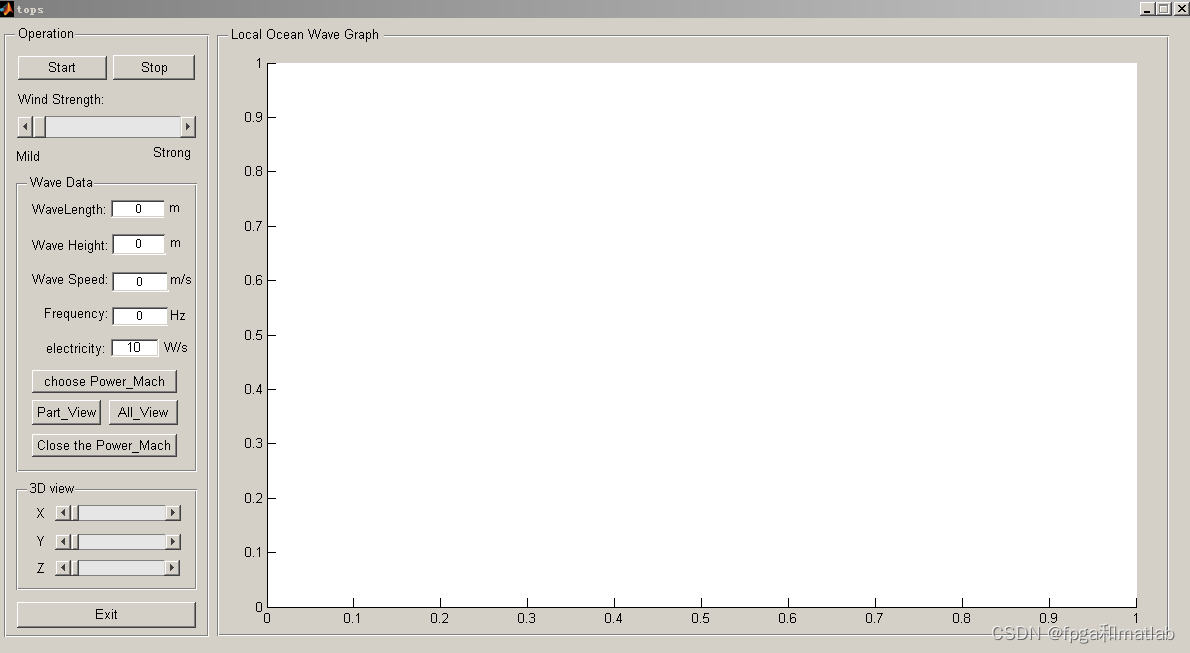
From the above interface , There is one more in the original interface choose power mach The buttons , The main function of this button is to select buttons of different generators ,
The following is a screenshot of the whole simulation process and an explanation and analysis :

Next, click the new button , Choose a different generator , The results are as follows :
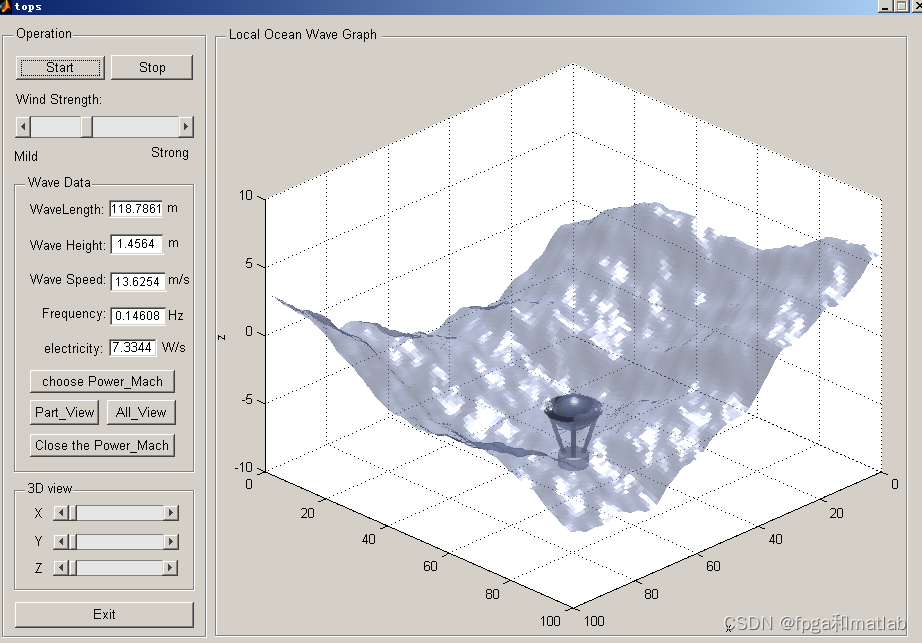
A little more , Get the following interface :
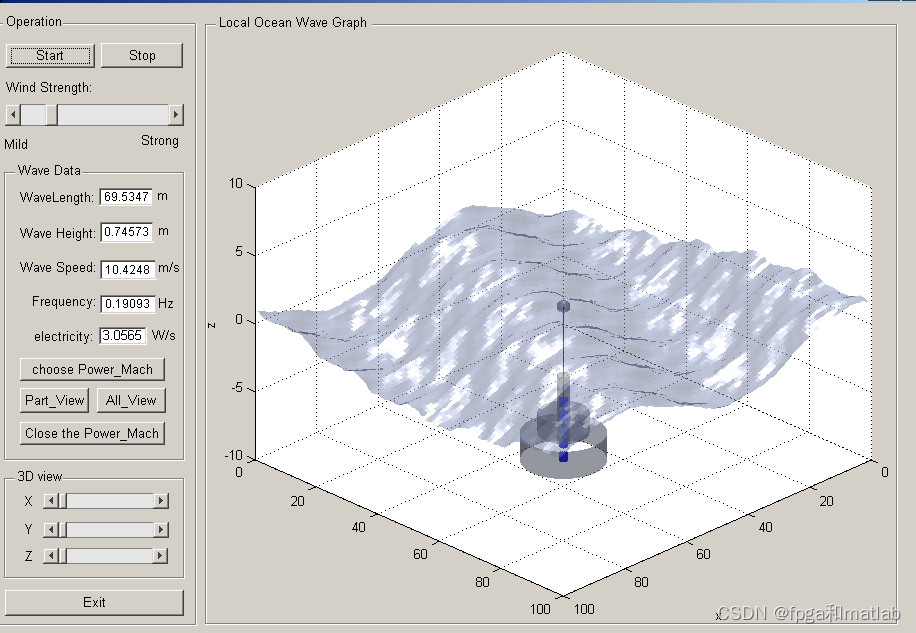
Next, we will introduce the side of this new power generation model :
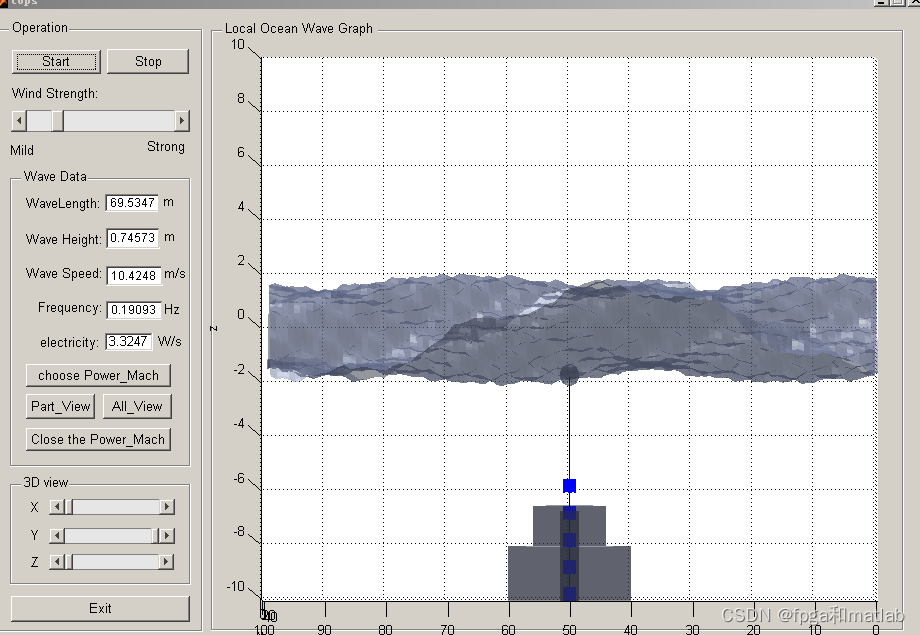

A19-08
边栏推荐
- Playwright之录制
- Maximum number of "balloons"
- Acwing164. Accessibility Statistics (topological sorting +bitset)
- 有哪些收益稳定的理财产品,这两个都不错
- 4. Scala writes HelloWorld in idea, in-depth analysis of accompanying objects, and association of source packages
- AcWing164. 可达性统计(拓扑排序+bitset)
- P4408 [noi2003] truant children (tree diameter)
- SAP UI5 应用开发教程之一百零七 - SAP UI5 OverflowToolbar 容器控件介绍的试读版
- Les phénomènes de « salaire inversé » et de « remplacement des diplômés » indiquent que l'industrie des tests a...
- Multilingual Wikipedia website source code development part II
猜你喜欢
随机推荐
各大主流编程语言性能PK,结果出乎意料
URL和URI
What if the programmer's SQL data script coding ability is weak and Bi can't do it?
Query for Boolean field as "not true" (e.g. either false or non-existent)
“薪资倒挂”、“毕业生平替” 这些现象说明测试行业已经...
Insert sort of sort
Sorting selection sorting
Which financial products with stable income are good
Applet live + e-commerce, if you want to be a new retail e-commerce, use it!
Verilog tutorial (11) initial block in Verilog
GDB常用命令
4. Scala writes HelloWorld in idea, in-depth analysis of accompanying objects, and association of source packages
Paxos 入门
2022.07.03(LC_6111_统计放置房子的方式数)
2022.07.03(LC_6109_知道秘密的人数)
The waterfall flow layout demo2 (method 2) used by the uniapp wechat applet (copy and paste can be used without other processing)
Hisilicon 3559 universal platform construction: YUV422 pit stepping record
Huawei employs data management experts with an annual salary of 2million! The 100 billion market behind it deserves attention
多模输入事件分发机制详解
URLs and URIs
